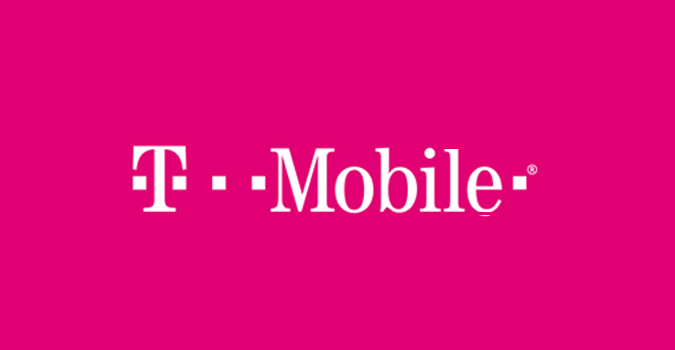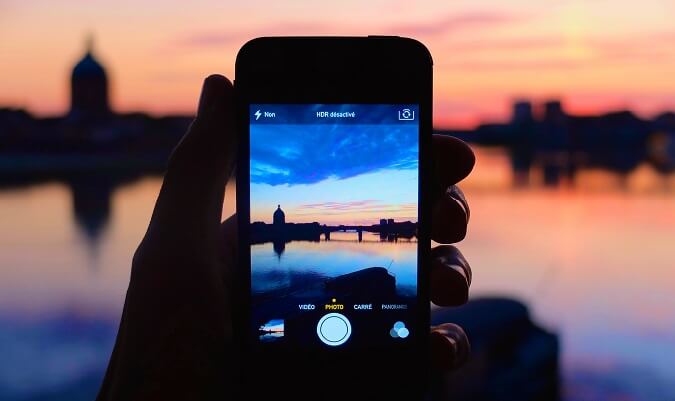
Last Updated: 3/20/21 | March 20th, 2021
A long time ago in a state far, far away (Massachusetts), I used AT&T as my cellphone service provider. When the iPhone first came out, I bought it because I could remove the original AT&T SIM card, insert a local SIM while on the road, and still have a handy-dandy smartphone to tweet from.
So I unlocked my phone and off around the world I happily went.
Flash forward to the end of 2012, when Verizon announced that their iPhones would come automatically unlocked for international travel. I needed a new iPhone at that point, AT&T had awful customer service and high fees, and since the new phone would already be unlocked, it would save me some hassle. It was the excuse I needed to leave AT&T.
Flash forward again to the end of 2013, when T-Mobile announced it was giving all their users free international data and text messaging in over 140 countries — plus all calls while in those countries were 20 cents a minute.
Since then, I’ve been using T-mobile as my service provider.
But are they still as good as they used to be?
Not really. Let me explain why.
First, here’s a table of international fees I pulled together from each carrier’s website so you can compare:
| T-Mobile | AT&T | Verizon | |
| Data | $0 | $0 | $70 per month for 500MB |
| Texting | $0 | $0 | 100 free texts; $0.05/text after |
| Calls | 25 cents a minute | 35 cents a minute | 100 minutes free ($0.35/min after) |
As you can see, T-Mobile comes out slightly ahead. Its Magenta Plan offers free data and texting abroad for $70 USD per month. AT&T’s Passport Plan is also $70 USD per month and includes free data and texting and just slightly more expensive calls. Verizon is still lightyears behind both.
Now, historically, T-Mobile has had a reputation for having terrible coverage. And, for a number of years, they did — but thanks to the money they received after the failed merger with AT&T, they heavily invested in their network and began offering 4G and LTE speeds. Now, their coverage map is almost as good as the other carriers (it still doesn’t have Verizon-level coverage but they cover 96% of the country).
With their plans starting at $60 USD per month, they are also the clear winner here too.
Domestically, the service has improved over the years. I have 4G or LTE wherever I go, and I haven’t had any dropped calls. I only have a few instances of “no service” in a few rural areas, but that usually only lasts a few seconds. However, that used to happen with Verizon too, so, while annoying, it’s not a deal-breaker for me.
I am thrilled that T-Mobile — with its contract-free (and cheaper) plans, free international data, and better customer service model — is out there. I never again have to worry about buying foreign SIM cards and coverage again. There are no more additional costs in my travels. I know what my phone bill is going to be every month, and I get to keep the same number worldwide.
But their service has become hit or miss.
It’s easy to call and text overseas and it’s true that they do have free data but it’s 3G and, depending on the country, sometimes 2G. That makes it easy to load some stuff but it makes anything that is data-heavy a pain. I don’t mind it since there’s Wi-Fi everywhere these days but the data isn’t as fast as it used to be.
If you’re a short-term traveler, it might not matter.
But, if you’re a long-term traveler, it might and there are few instances where you should NOT get T-Mobile:
First, if you’re traveling for more than a month, it’s worth it to get local SIM cards. T-Mobile is great for people who bounce in and out of the country frequently (like myself). It’s not good for people who are doing multi-month trips. Get a local SIM card. It’s cheaper.
Second, if you need fast Internet. They throttle your coverage to 2G most of the time and it can be painful if you need faster speeds for something important. You can upgrade to faster speeds for an added fee but then you’re not saving much money.
Finally, in the years since T-Mobile came out with their plans, Google Fi has been introduced and this is often a better, faster, and cheaper alternative to T-Mobile. If you aren’t hooked on your iPhone, consider getting Google Fi as an alternative that still allows you to roam the world with the same number.
So, should you get (or people who are just fed up with the fees and services of the other carriers), make the switch to T-Mobile? Maybe. I love it for my short-term trips but when I go places for months at a time, I switch to a local sim card.
That said, they are still the cheapest option in the states!
Update 1/15/19: In 2018, T-Mobile has decided that all accounts have to be in the USA for “the majority of their usage.” What that means is hard to decipher, but some accounts have been suspended for being away for more than 3 months in a row. So while T-Mobile is still great for the average travelers, long-term travelers may need to re-evaluate their plan. (Long-term travelers should be using local SIM cards anyway because that’s going to be much cheaper!)
Note: I know people will wonder, so I want to say that no, T-Mobile didn’t sponsor me or ask me to write this post. I pay my own monthly bill, switched years ago, and have been very happy with the service since. I’m just here preaching about something I believe can help other travelers.
Book Your Trip: Logistical Tips and Tricks
Book Your Flight
Find a cheap flight by using Skyscanner. It’s my favorite search engine because it searches websites and airlines around the globe so you always know no stone is being left unturned.
Book Your Accommodation
You can book your hostel with Hostelworld. If you want to stay somewhere other than a hostel, use Booking.com as it consistently returns the cheapest rates for guesthouses and hotels.
Don’t Forget Travel Insurance
Travel insurance will protect you against illness, injury, theft, and cancellations. It’s comprehensive protection in case anything goes wrong. I never go on a trip without it as I’ve had to use it many times in the past. My favorite companies that offer the best service and value are:
- SafetyWing (best for everyone)
- Insure My Trip (for those 70 and over)
- Medjet (for additional evacuation coverage)
Want to Travel for Free?
Travel credit cards allow you to earn points that can be redeemed for free flights and accommodation — all without any extra spending. Check out my guide to picking the right card and my current favorites to get started and see the latest best deals.
Need Help Finding Activities for Your Trip?
Get Your Guide is a huge online marketplace where you can find cool walking tours, fun excursions, skip-the-line tickets, private guides, and more.
Ready to Book Your Trip?
Check out my resource page for the best companies to use when you travel. I list all the ones I use when I travel. They are the best in class and you can’t go wrong using them on your trip.


